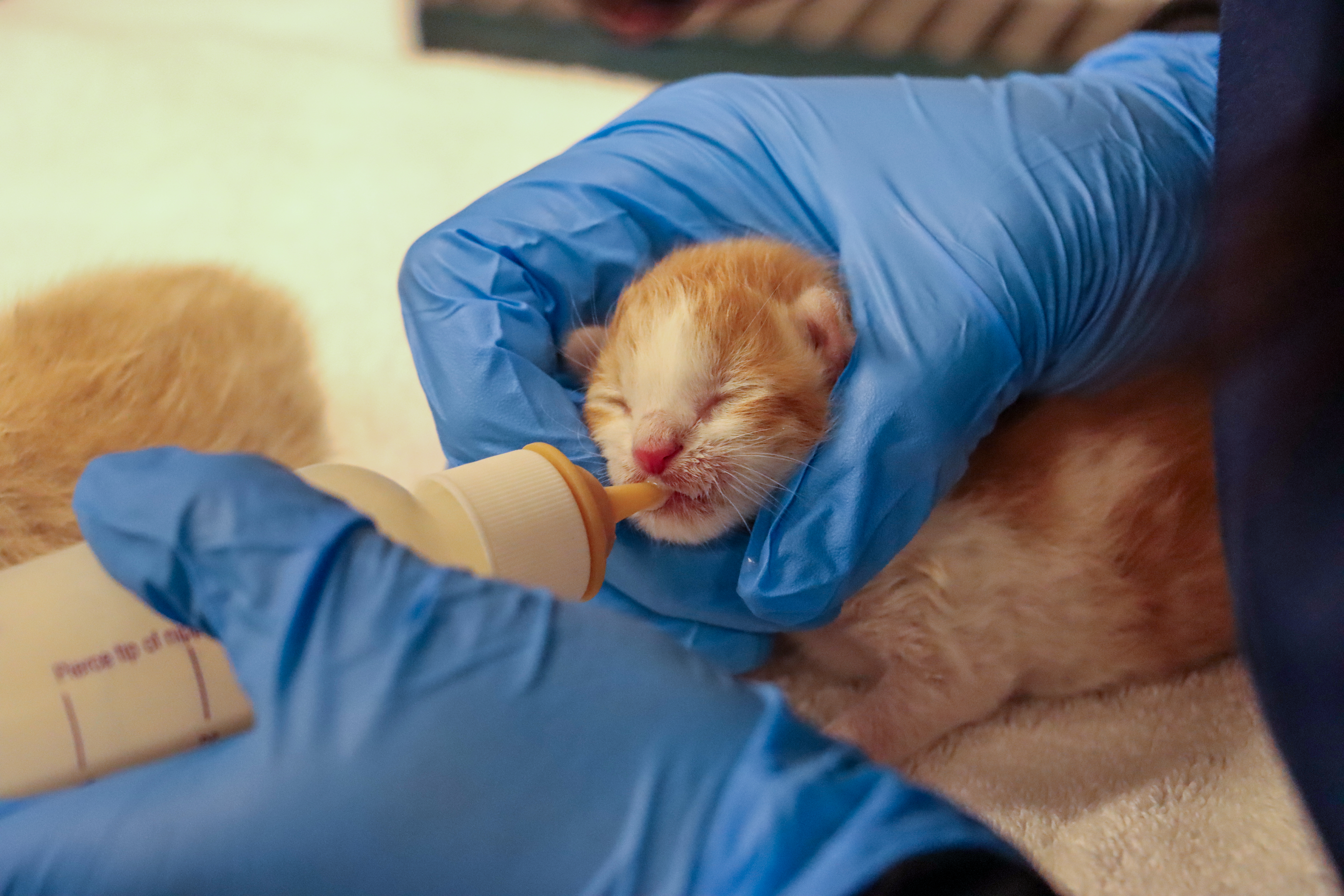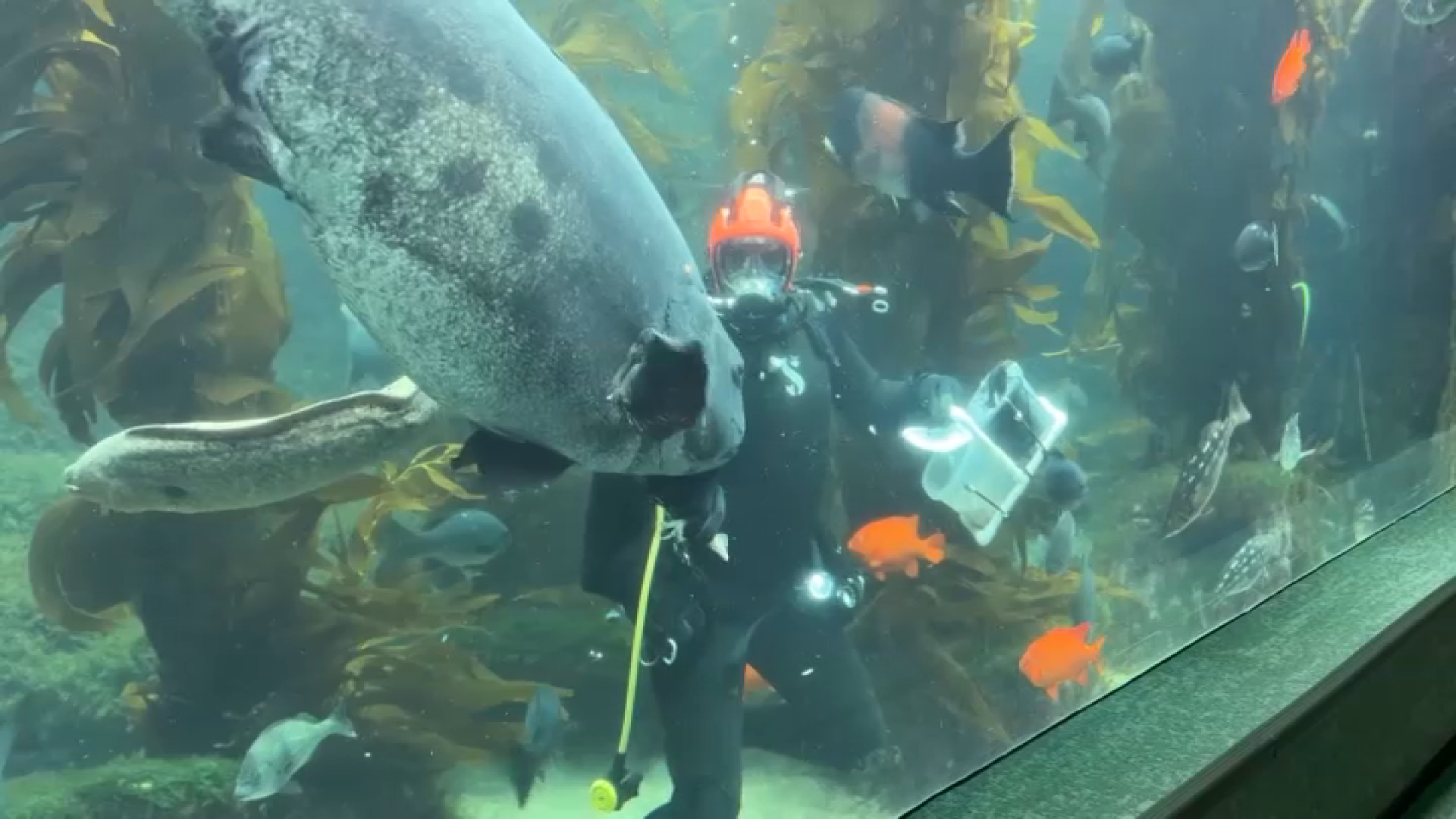The California Highway Patrol is looking for a person of interest in a series of highway shootings that injured one driver and shut down large sections of two interstates Monday. Kelly McPherson reports.
NASA said the defunct 6-ton Upper Atmosphere Research Satellite, or UARS, has fallen from the sky, but officials probably will never be able to pinpoint exactly where a massive NASA satellite plummeted to Earth.
The agency posted on its official Twitter site that the spacecraft crashed through the atmosphere early Saturday morning.
NASA also reported on Twitter that no injuries or damages were reported. Most of it was believed to have burned up.
That doesn't necessarily mean it all fell into the sea. Some debris could have fallen over areas such as Portland, Ore.; Seattle; Calgary, Alberta; and Saskatoon, Saskatchewan, said Jonathan McDowell of the Harvard-Smithsonian Center for Astrophysics.
"Pieces are falling off of this flaming fire ball, and some of it has enough momentum to go hundreds of miles,'' he said.

NASA Released an image UARS's final ground track after the satellite reentered the atmosphere sometime between 8:23 p.m. PT and 10:09 pm PT Friday night.
There were no credible reports of debris on the ground, said Nick Johnson, NASA's chief scientist for orbital debris. But if the satellite fell even five minutes later than estimated, some of it could have hit land, he said.
"We don't know where the re-entry point exactly was. We don't exactly know where the debris field is," Johnson said.
Local
People in San Diego who watched closely enough Friday night got a glimpse of the falling NASA satellite that wasn't quite ready to crash down to Earth.
The research satellite seemed likely to come down the hard way, and soon, via an uncontrolled re-entry. It passed over the United States Friday night.
San Diegans were the first in the country to see the satellite. There were other reported sightings, though confirmation was difficult.
Earlier, experts at the Vandenberg Air Force Base and NASA predicted that the now defunct UARS would come down Friday. But experts said some sort of adjustment in the craft's positioning may have delayed its descent.
Most of the satellite is expected to burn up in the atmosphere, but an estimated 26 pieces, that's about 1,200 pounds, could survive and hit the earth.
Since nearly three-quarters of the world is covered with water, NASA is anticipated a splashdown rather than a landing.
NASA puts the chances at 1 in 3,200 that someone, somewhere will be hit.
The 20-year-old Upper Research Atmosphere Satellite will be the biggest NASA spacecraft to fall uncontrolled from the sky in 32 years.
In 1979 Skylab, America's first space station, fell to Earth sending pieces crashing onto Australia and into the ocean.
Three more satellites are poised to make uncontrolled entries into our atmosphere, with the next free fall expected in April of 2014.



